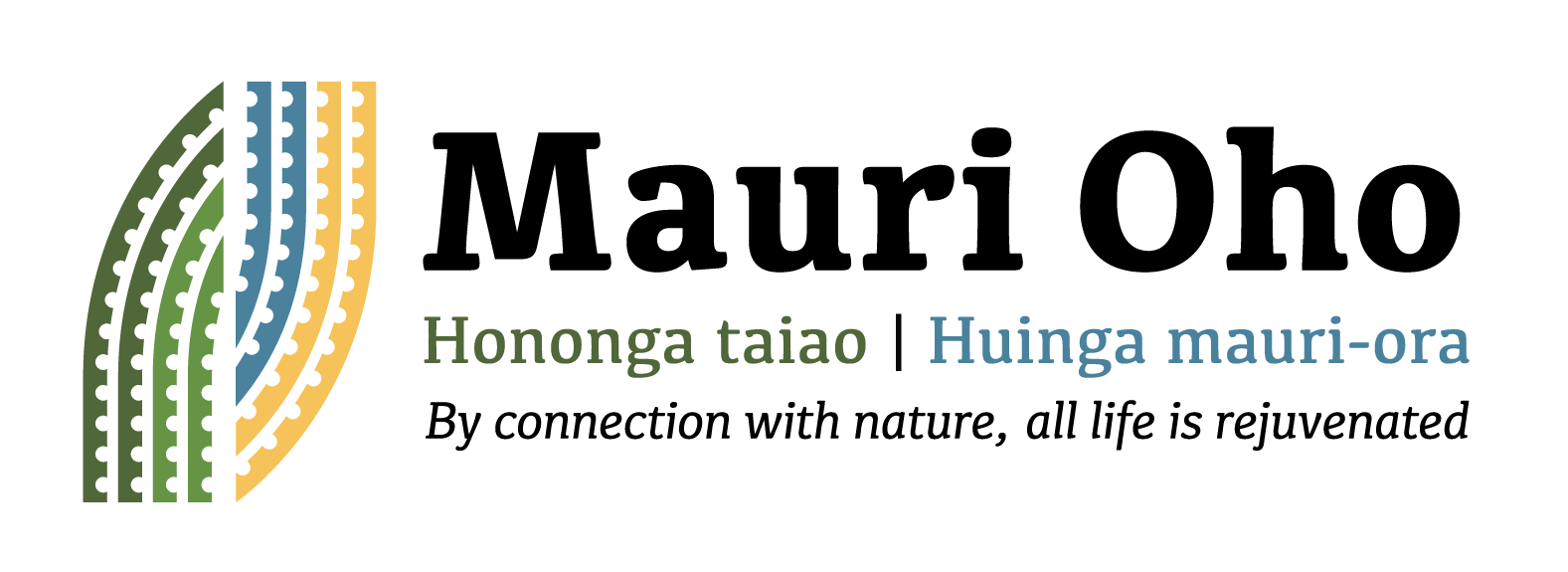Project Outcomes
To connect, To protect, To work in partnership
We seek to create a future where we protect taonga species and to connect hapū and whānau. Where we bring the last big wildness of Ngā Pae Ruahine, into te whenua, ngā awa and Mokai Patea, Heretaunga and Tamatea backyards.
This project works in partnership with whānau and hapū to restore the wildlife of Ruahine to its former glory through a landscape-scale trapping project, as well as through riparian recovery work in remote Ruahine and neighbouring farmland. It will provide full-time employment for ten people over three years.
Benefits – jobs, (environmental, social, cultural and economic), engagement, reconnection with te taiao and awakening of the mauri
- To grow the capacity of our people, hapū and community to connect and engage, and be employed in the protection and recovery of Nga Pae Ruahine, in ngā awa and te whenua of Mokai Patea, Heretaunga and Tamatea.
- To undertake a predator suppression and control program to protect and reduce impacts on our taonga species (fauna and flora) of Nga Pae Ruahine, in ngā awa and te whenua of Mokai Patea, Heretaunga and Tamatea.
- To increase the presence of taonga species (fauna and flora) of Nga Pae Ruahine, in ngā awa and te whenua of Mokai Patea, Heretaunga and Tamatea.
- To build mātauranga through wānanga and work-based training.
Operational phases
Phase 1. Current existing trapline network in Northern Ruahine has been in operation since 2007/8
Phase 2. Mauri Oho Project set up Years 1 and 2. This starts with learning and experience feeding into an adaptive management approach with hapū and farmland occupiers.
An expansion phase is planned to be delivered over 2 years, involving:
1) Initial predator knockdown from the Kereru district farmland for rats and mustelids alongside Ruahine forest park boundaries to secure a buffer zone along incised streams flowing from Ruahine.
- An integral part is riparian recovery, fencing, weeding and planting along prioritised ecological protection sites. 12,000ms fencing per year, (including 5,000ms deer fencing), total of 36,000ms over three years. Planting – total of 10,000 plants per year.
- Expand 60kms of new traplines along riparian fenced boundaries, including Ruahine forest park boundary.
- Engage local schools – Ōmahū, Kura Kaupapa Maori and Kererū, neighbouring farm owners and the Kererū community
- A suppression zone of 60kms covering some 6,000ha.
- Undertake monitoring for cultural health, predator results and biodiversity outcomes.
2) Expand the existing traplines in the Ruahine Forest park by a total of 125kms over three years (total output of 24,000ha).
- Expand traplines to include in total output, remaining un-trapped areas on Maori Trust Lands (32kms).
- Commence possum control (200 traps) covering 2000ha on Maori Trust lands
- Expand proposed areas linking remnant fragmented kiwi populations in Puketaramea, Unknown campsite, Colenso, Upper Makaroro and Ikawatea-Apias catchments.
Phase 3 – Year 3. Ongoing predator suppression in the backcountry. Ongoing riparian recovery zones on prioritised ecological protection sites.
A suppression zone of 24,000ha new (including 15,000 existing) to create a total sum of 29,000ha of protected Ruahine conservation and Maori Trust lands. A minimum total of 1500 new traps to be installed and serviced. Depending on future funding partnerships, additional traps may be deployed.


